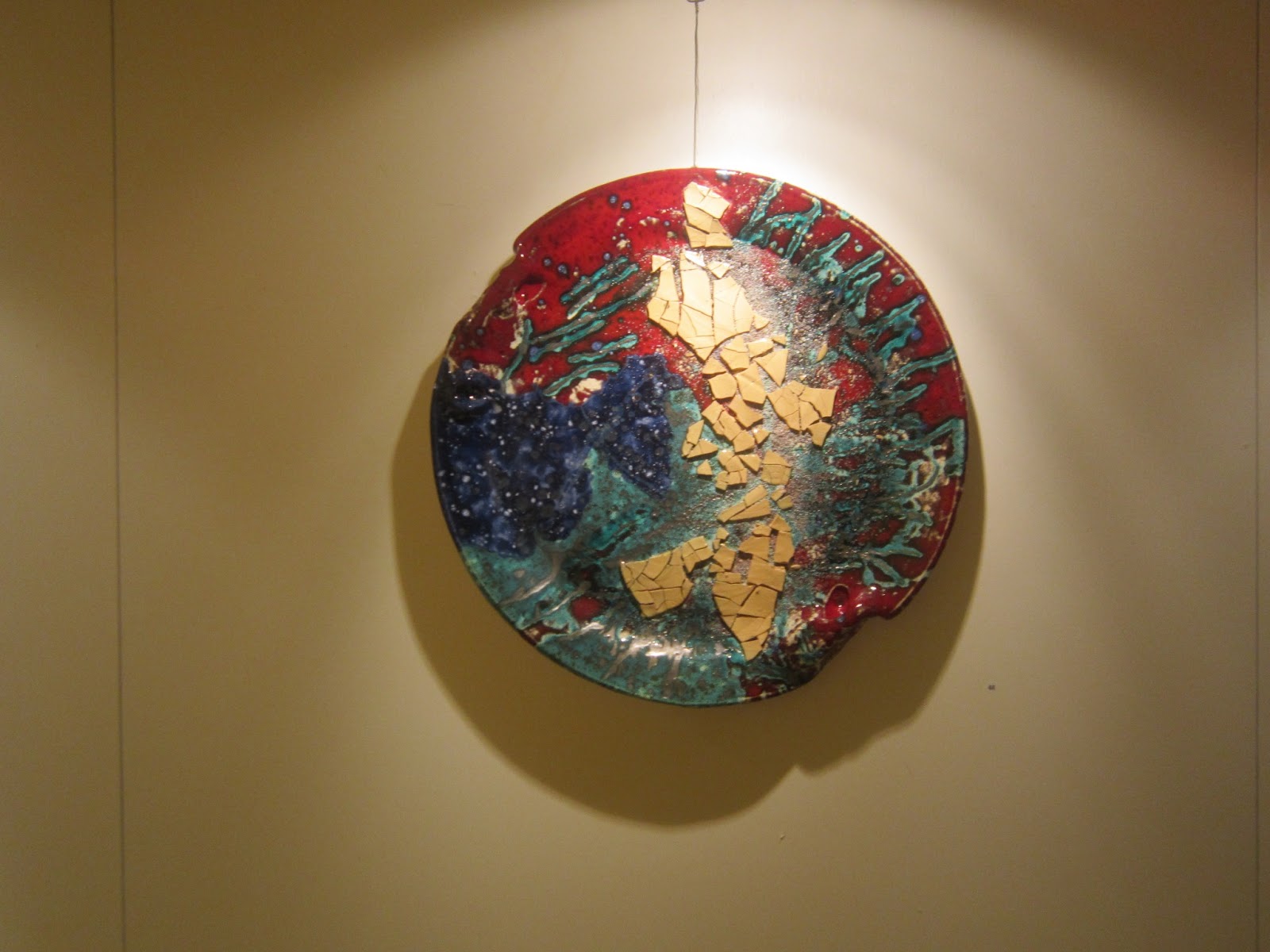Augustus Pugin
In
Pugin’s opinion, Classical architecture is the long established Gothic or to
use his own words “Pointed” or “Christian” architecture.
While
Augustus Pugin was designing the Palace of the Westminster he was also
converting a return to the Gothic style of architecture through his writings.
For the artist, the Gothic superiority of his work on the new Palace of
Westminster did not only represent a public statement of a wedded architectural
expression but also a spiritual one. In 1835 Pugin converted to Catholicism.
That is why his furnishing designs mirror many features of a pre-Reformation
Catholic church. ‘The reign of classicism represented to him the “current secularism
and moral degeneracy” of England and Wales and of which the Anglican Church had
supported.’
Pugin
noticed that the values and artefacts of society were all intertwined. By
promoting the dominant style of Gothic or “Christian Architecture” for the new
Palace of Westminster he was sending a message to the people. The message he
was trying to send is to go back to the traditional Catholic faith and to the
times which were moral, honest and truthful.
With both
his writings and his work on the new Palace of Westminster we see Pugin on a
mission to prove that Gothic architecture is the way forward for the 19th
century.
Augustus
Pugin’s work on the furnishings of the Palace of Westminster would certainly
have been seen as a dissent from the contemporary Classical Architecture.




















